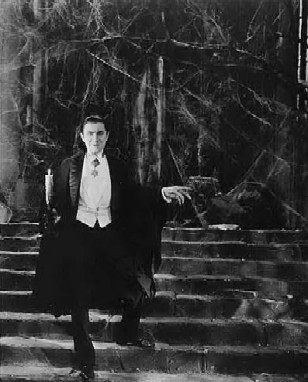366 Weird Movies may earn commissions from purchases made through product links.
DIRECTED BY: Tobe Hooper
FEATURING: Mathilda May, Steve Railsback, Peter Firth
PLOT: A space shuttle investigating Halley’s comet discovers a spaceship containing three suspended, nude human bodies; returned to Earth, the bodies come alive and begin vampirically sucking the life force out of humans.
WHY IT WON’T MAKE THE LIST: Lifeforce is a grandly cheesy and frequently nonsensical mishmash of B-movie cliches, and a great movie to watch with a six-pack on hand. Although it’s loony, offbeat and fun, it’s ultimately too lightweight and not quite systematically deranged enough to rank as one of the greatest weird movies of all time.
COMMENTS: Lifeforce starts out as an Alien ripoff, and ends up as a Quatermass and the Pit ripoff; in between, it’s a Dracula ripoff, only with a naked woman wandering around using her electric French kiss to turn half of London into dessicated scarecrows who reanimate as zombie vampires after two hours pass. Yes, I said naked woman: French model Mathilda May’s totally nude performance is the thing everyone remembers about the film, and quite obviously the main source of the movie’s unending popularity. The woman is stunning; her body is such a perfect Platonic embodiment of the feminine form that, like a Greek statue, it transcends the erotic and becomes an object of pure aesthetic reverence. The flick would still be worthwhile without Mathilda, but her nude performance adds that certain something that lodges the movie in the cinematic consciousness. Add in early Industrial Light and Magic style special effects, with electric blue rays shooting everywhere in sight during the vampire zombie apocalypse as stolen human souls merge together and climb into a great glowing column shooting up to the alien mothership, and you have a film that’s visually unforgettable. When the beautifully overwrought pyrotechnics of the film are matched to the ludicrous story, a certain magical b-movie alchemy occurs. Lifeforce‘s script seems to be being made up as the film progresses, with the stunned actors getting their lines a few seconds before shooting (the movie is stuffed with deadpan lines like “a naked girl is not going to get out of this complex,” “now she has clothes,” and “in a sense, we’re all vampires”). Soon after the aliens have been returned to Earth and start sucking the life force from humans, we learn that astronaut Steve Railsback has a convenient psychic link with Mathilda May because she gave him part of her life force when she electro-kissed him, which allows him under hypnosis to follow her about as she jumps from body to body infecting more Englishmen and -women with the rapidly spreading plague, only now she needs her life force back so she visits Steve in erotic dreams and tries to steal it, but then she goes to Westminster Abbey and starts acting as a conduit for all the pilfered human souls her sub-vampires are stealing and draws Steve to her and… well, the exact mechanics of this plot to take over Earth from beyond the stars are iffy (had the script for Lifeforce been available in 1959, Ed Wood might have considered making it Plan 10 from outer space). But the movie just keeps forging ahead, giving the audience more of what it wants (that is, a naked Mathilda May), regardless of logic.
Dan O’Bannon scripted Lifeforce: although he also wrote the serious Alien, some of his other campy screenwriting efforts (Dark Star, Return of the Living Dead) suggest that his tongue might have been planted in his cheek when he delivered this wacky script to Texas Chainsaw Massacre director Hooper.
WHAT THE CRITICS SAY:
“Extraordinarily bizarre mix of science fiction and vampire movie, more likely to provoke derision than any other emotion.”–Halliwell’s Film Guide






 different light. Renfield is a bizarre, urban effeminate in an old meat, potatoes and superstition land. The villagers are outcasts too, but among them, Renfield is the doomed jester, misguidedly blinded by his foolhardy feeling of superiority over them and stubbornly oblivious to the peasants’ warnings.
different light. Renfield is a bizarre, urban effeminate in an old meat, potatoes and superstition land. The villagers are outcasts too, but among them, Renfield is the doomed jester, misguidedly blinded by his foolhardy feeling of superiority over them and stubbornly oblivious to the peasants’ warnings.